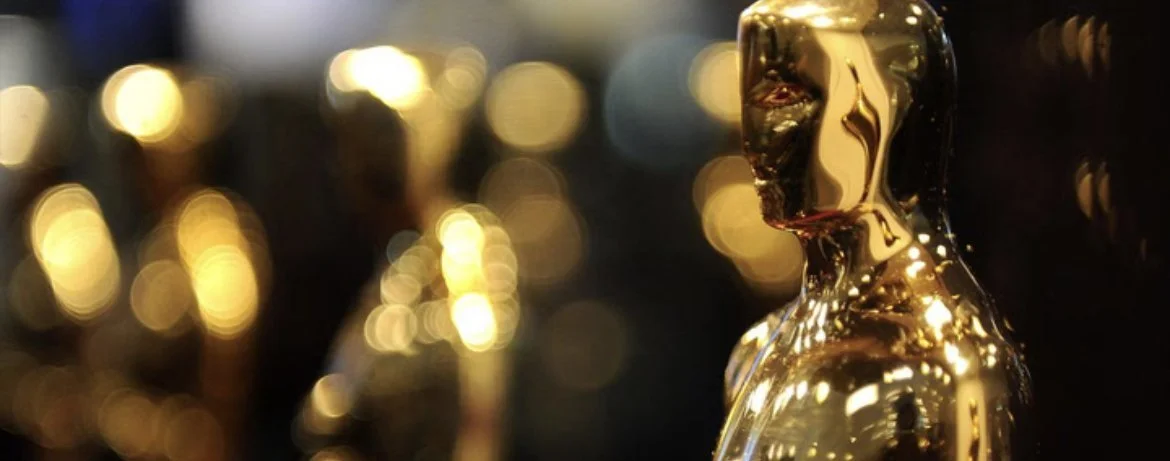In case you missed it, starting next year, to qualify for the Best Picture race, a film would have to check a fair number of diversity quotas to become eligible. That could mean telling an “inclusive” story or featuring enough people of color in the movie’s cast and/or crew or even having an “inclusive” crew behind the camera.
Actor Richard Dreyfuss went viral on May 6th of this year when he admitted that these new rules made him “want to vomit.”
Then a New York Post piece surveyed a bunch of Oscar voters, being quoted under anonymity, sounding off and unleashing their discontent about these new rules.
Now, slight plot twist, Deadline is calling this a “quiet change” to the Oscars’ qualifying inclusivity rules… Films entered in this year’s Oscar contest will be able to avoid reporting on their gender, race and disability data, but that means they won’t be able to qualify for the Best Picture category.
The Academy website states, “You will have the option to opt-in or opt-out for Best Picture consideration. If you do decide to opt-out, then you do not need to fill out a RAISE form.”
Here’s what this means for the Best Picture race, and how it could affect the volume of qualifying films, via Deadline:
Oscar voters might find themselves selecting from a reduced field of Best Picture contenders; dark horse contenders and late-season “discoveries” would have a shot only if they haven’t removed themselves from contention in order to avoid the burden of identity reporting.
So, it seems as though this silly box-ticking exercise will continue and if certain films don’t want to adhere to these rules then they can still contend in all the other categories, just not Best Picture.
Of note, some are wondering if Nolan’s “Oppenheimer” would qualify, and the answer is absolutely, yes, it would qualify because the film had “representation” behind camera. During the “Oppenheimer” end credits, there are logos and certificates about meeting the diversity/inclusion standards.






